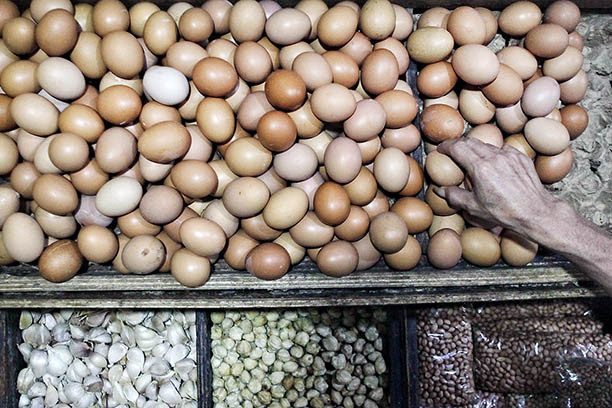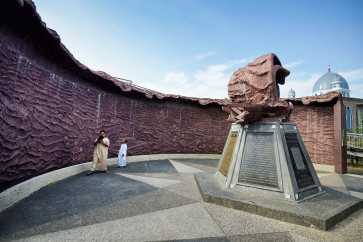Popular Reads
Top Results
Can't find what you're looking for?
View all search resultsPopular Reads
Top Results
Can't find what you're looking for?
View all search resultsArt of kamishibai helps children get ready for next tsunami
The traditional Japanese storytelling art of kamishibai uses pictures inserted to a wooden frame and taken out one by one as the story goes on.
Change text size
Gift Premium Articles
to Anyone
C
hildren and their parents looked excited and entertained as they listened to Yoko Takafuji at the National Gallery in Central Jakarta.
The audience listened attentively as the Japanese woman related a story using the traditional Japanese storytelling art of Kamishibai during the Indonesian Children’s Visual Art Festival on Thursday.
“Kami” means paper and “shibai” means play or theater, so Kamishibai uses pictures on paper to accompany the words of the storyteller, like Wayang Beber in Indonesia.
Kamishibai uses a set of pictures inserted into a wooden frame and taken out one by one as the story goes on.
During the play, Yoko was accompanied by Indonesian storyteller Agus Nur Amal, also known as PM Toh. They combined Kamishibai with the traditional Acehnese rapai instrument.
They told a Japanese story titled “Smong” or tsunami, which was written in the 1930s. Since then, it has been told on a daily basis to entertain audiences using pictures, so it will be easily remembered.
Smong is a boy who was born during a tsunami. In search of higher ground following an earthquake, villagers ran for their lives up a hill.


















